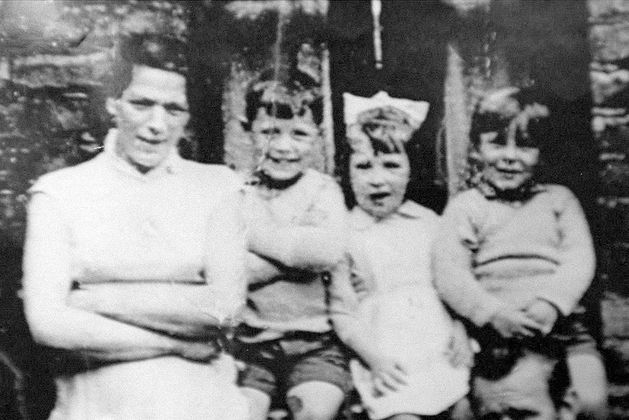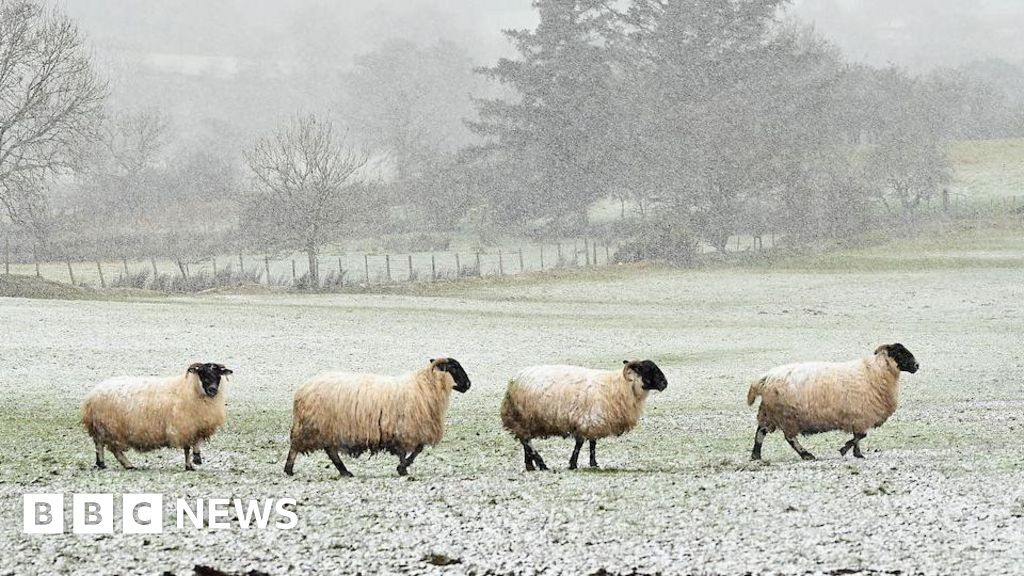Shopping
Revealed: West worst hit as the rate of empty shops hits all-time high

The number of vacant commercial properties has hit an all-time high, according to the latest report from GeoDirectory, a data business backed by An Post and the Ordnance Survey.
It found 30,046 empty commercial units across Ireland at the end of June, with the vacancy rates up in 14 out of 26 counties, despite the overall strength of the Irish economy.
Rates of dereliction are highest in small towns in the west of the country and drastically lower in prosperous parts of the eastern seaboard.
Ballybofey, Co Donegal, had the highest commercial vacancy rate of the 80 main towns and urban areas looked at – with 33.6pc of commercial units in the town empty. In Edgeworthstown, Co Longford, 30.2pc of units are empty, with a similar figure in Shannon, Co Clare.
In contrast, the prosperous commuter town of Greystones in Co Wicklow had the lowest vacancy rate at just 5.6pc and Meath is the only county in the State with a vacancy rate below 10pc.
The numbers of empty units in Wexford (10.6pc) and Cork (12.4pc) also appear near the bottom of the scale.
The report, which was published in partnership with EY, found that across Sligo, more than one in five commercial units was empty in the period studied over the summer.
Donegal had a commercial vacancy rate of 19.4pc in the second quarter. That had jumped by 1.5 percentage points in the year to the end of June – the highest increase recorded in the period.
Looking specifically at the hospitality industry, researchers found a decline of 270 commercial units compared to the same period last year, leaving 22,211 accommodation or food service businesses in operation at the end of last June.
The highest proportion of accommodation and food service units were found in counties in the west of the country, accounting for 24pc of all commercial units in Kerry, 20.5pc in Clare and 19.2pc in Donegal.
The rise in the number of vacant properties was driven by “changing consumer habits, the growth of online commerce, remote working and rising business costs”, GeoDirectory chief executive Dara Keogh said.
The national commercial vacancy rate in Ireland rose to 14.4pc in the period from April to the end of June, up 0.3 percentage points from the same period last year.
This is the highest vacancy rate recorded by the organisation since reporting began in 2013.
In Dublin, the commercial vacancy rate rose 0.2 percentage points to 13.3pc in the second quarter of this year.
However, not all vacant units are retail.
The Dublin 2 area in the south inner city – where there are many offices that have been hit by the shift to remote working since the Covid pandemic – had the highest commercial vacancy rate in the capital at 17.8pc in the period.
Dublin 15 and Dublin 16 both had the lowest rate at 6.7pc.
Today’s News in 90 seconds – 17th September 2024
“The national commercial vacancy rate has increased steadily in recent years,” Mr Keogh said.
“The reality is that some of these commercial units may never now return to the commercial stock, requiring action to provide opportunities for targeted regeneration projects and the repurposing of long-term vacant buildings.”
EY economic advisory director Annette Hughes said that the increase in commercial unit vacancy rates in 14 out of 26 counties was an improvement on the same period last year.
“While the national commercial vacancy rate has reached a new high of 14.4pc in Q2 2024, the economic outlook remains positive, and with inflation falling and a recent cut in ECB interest rates, there is a possibility that commercial vacancy rates will recede from its current peak,” she said.










